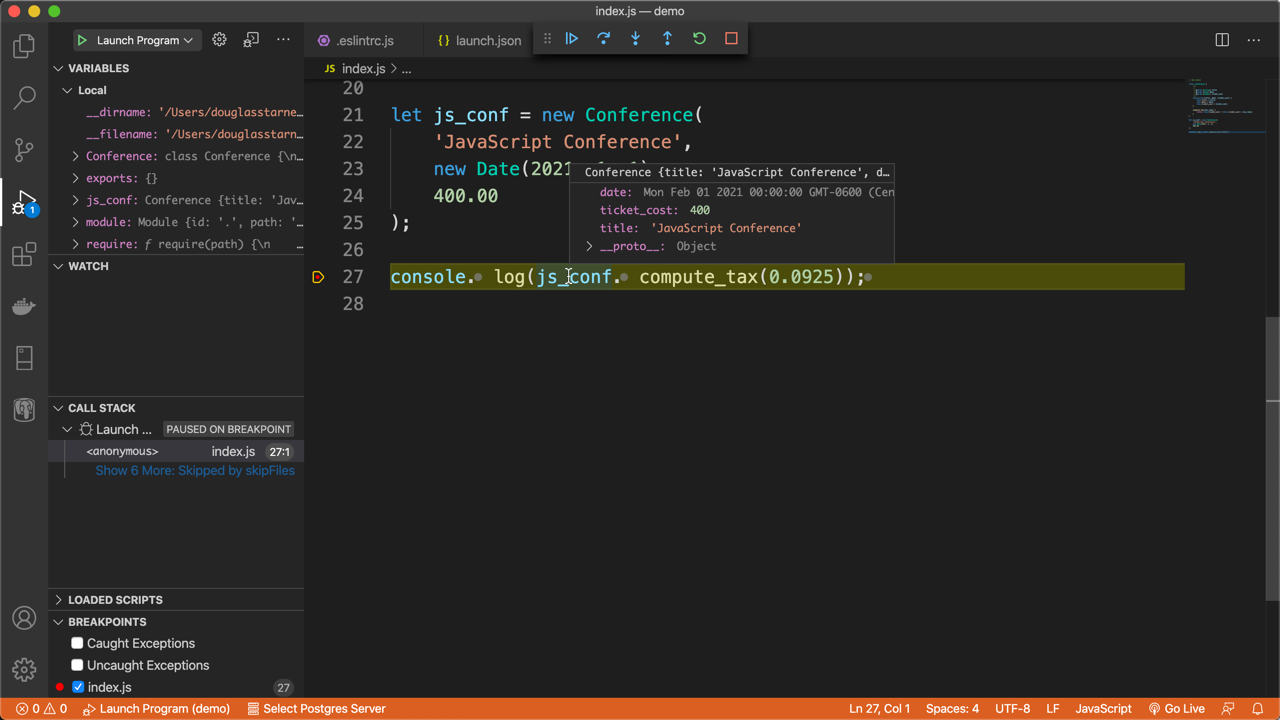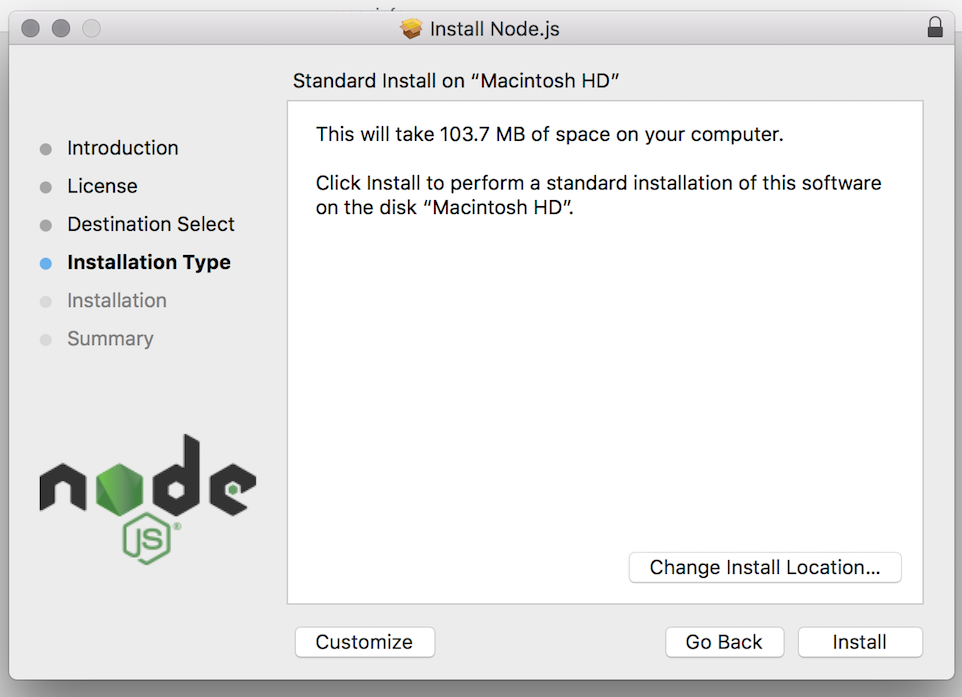

- Create new file node js mac how to#
- Create new file node js mac code#
- Create new file node js mac series#
- Create new file node js mac mac#

The terminal is your universal Swiss Army knife, it will be always with you wherever you go, even if you’re working on a remote server or a local machine.

Just to be clear: In computing, a shell is a user interface for access to an operating system’s services. Terminal Basicsĭisclaimer: I’m using the word terminal here because I don’t mean a particular shell, but a whole collection of shells.
Create new file node js mac series#
Because of this we decided to do a mini blog series of two posts of using the terminal for Node.js development: one dealing with the very basics, and one with more advanced, in-depth tips and tricks. It will end with an output that looks like the following:Īs seen above the script finished in 10.66 seconds.Ĭompared to 225 MB memory used in fs.When we are doing a NodeSchool or a Node.js/ Microservices training we usually run into participants who feel lost when they have to use the terminal.
Create new file node js mac code#
We can run this code by executing: node line-reader.js This code is also available as a pull request for your reference. Next up, if we find the last variable to be true which indicates we have reached the end of the file we log the Last line printed message and also print out the approximate memory used to read the file line by line.

Subsequently, we log the line from the file available in the line variable. The second parameter is a callback function that has the line and the last variables. forEach ( line => MB ` ) įirst, we require the line reader module then call the eachLine function passing the filename (or file path) as the first parameter. readFileSync ( 'broadband.sql', 'utf-8' ) ĪllFileContents. Here is a quick example for reading the file line by line but in a not very performant sync way: const fs = require ( 'fs' ) Ĭonst allFileContents = fs. But, as we will load the whole file first before reading any lines from it the memory consumption will surely be more than 90 MB. We can possibly read the file in a synchronous way, meaning loading the whole 90 MB file in memory and loop through it. This should be a good test to look at how these ways perform for a relatively large file. We will also look at the memory consumption and the time it took to read the 90 MB file that has 798148 lines of text. The same file is used for each method of reading file line by line in Node.js to keep the test consistent across methods. The test file #įor all of the trail runs below we will use a 90 MB SQL dump file which I have taken from this BroadBandNow clone repository. The code examples are available in a public GitHub repository for your convenience. In the following section we will look into the file we are going to use to read line by line with Node.js.
Create new file node js mac mac#
I am running the code on a Mac with Node.js 14.
Create new file node js mac how to#


 0 kommentar(er)
0 kommentar(er)
